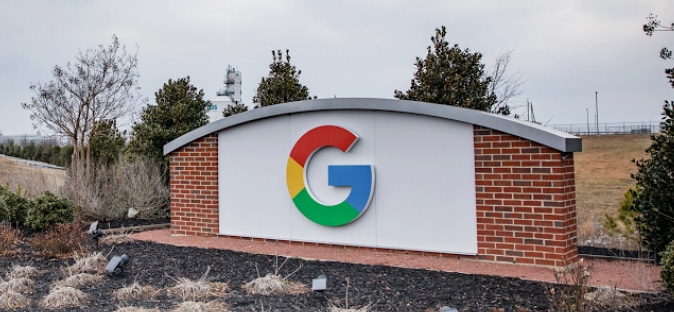Ask any Android user and you’ll hear a glowing reference for Google’s mapping features, and the power of investing in the future is on show once again.
August 8, 2019

Ask any Android user and you’ll hear a glowing reference for Google’s mapping features, and the power of investing in the future is on show once again.
This is perhaps one of the most admirable aspects of Google Maps. This is a product which would have cost a lot of money and time to develop, at least to ensure it is the most useful of its kind, while there was little immediate return on investment. Now Google is reaping the commercial benefits of Maps, but it is still keeping an eye on new features, improved experience and, eventually, additional revenues.
“Not only does Google Maps help you navigate, explore, and get things done at home, but it’s also a powerful travel companion,” Rachel Inman wrote on Google’s blog.
“After you’ve booked your trip, these new tools will simplify every step of your trip once you�’ve touched down–from getting around a new city to reliving every moment once you’re home.”
Google is not a company which makes money by accident. It might be the most popular search engine worldwide, but every time there is a hint of a glass ceiling, new ideas seem to emerge.
The acquisitions of Android and DeepMind certainly added new elements to the business model, its smart speakers and push into the connected car offer more engagement points moving away from traditional user interface, and Maps is an on-going project which seems to never get old.
This latest push forward from Google makes the mapping product more useful for those who are going on holiday.
Starting with the simplest add-on, reservations for both flights and hotels can be stored in the Maps app, allowing users to horde all relevant details into the same place irrelevant to whether the user has connectivity at that point. For those who have smartphone compatible with the ARCore and ARKit, navigation becomes simpler with pop-up directional graphics on the screen, while AI has been introduced to improve restaurant recommendations. Finally, a timeline has been introduced which can link experiences and content to places.
These are not necessarily revolutionary, but very few Google Maps features are. These are little additions which makes the mapping product easier to use and more useful. The incremental gain is quite evident through every feature which is adding every couple of months, and this is why so many people use Maps as a default application.
As with much that Google does, the features have been introduced to improve user experience and add extra value. However, there is also a great opportunity to commercialise these features without being intrusively commercial.
Looking at the restaurant recommendations, like with the search engine, some establishments will likely be able to pay for more prominent positioning. The same could be said for local landmarks and attractions in cities across the world. Although Google does create useful products, it never does anything for free. The user might not have to pay, but there is commercial element to everything which is being done.
However, what Google does very well is not to over commercialise the platform or product. As soon as something become offensively commercial, users are turned off. Just look at what happened to the core Facebook platform over the last few years. Facebook forgot what the core objective of the platform was, to connect friends and family, and it has started to impact engagement as well as the acquisition of new users through its commercial activities.
Facebook is still the leader when it comes to the social media segment, though other platforms seem to be better at engaging younger audiences, the demographics critical for sustainable revenues in the long-run. Snapchat, Instagram (admittedly a Facebook business), Twitter or Pinterest are not attracting the same experience criticism as Facebook has been over the last few years.
With Google Maps, the team seem to have struck the right balance. It’s a very useful application for numerous reasons and makes money for the search giant.
Another example of improved functionality with no-immediate financial benefit is focused on public transport. At the beginning of July, a new feature which will tell users how busy public transport is likely to be and whether users should anticipate delays on a journey was introduced. This is useful to have but has no immediate commercial benefit. However, when Google also suggests alternative means of transport, Uber for instance, and helps the user make a booking, there will be some sort of commercial benefit.
In helping customers with their travel plans, hotels and airlines can be partners, features and prompts introduced, and money can be made. Booking a restaurant through the Google Maps feature is another way, while the promotion of local tourist attractions is a third. It’s the traditional referral business with a slightly different twist.
Mapping is not a cheap business to enter into, there is a lot of data which needs to be acquired and managed after all. And when you start adding in additional features as Google constantly seems to do, the application becomes increasingly expensive and harder to deliver the promised experience. But this is where Google is a very admirable business; it never skimps when investing in creating a product to meet expectations.
It might have taken years to start to see the profits, but Google is now reaping the benefits of patience.
About the Author(s)
You May Also Like








.png?width=300&auto=webp&quality=80&disable=upscale)


_1.jpg?width=300&auto=webp&quality=80&disable=upscale)


.png?width=800&auto=webp&quality=80&disable=upscale)